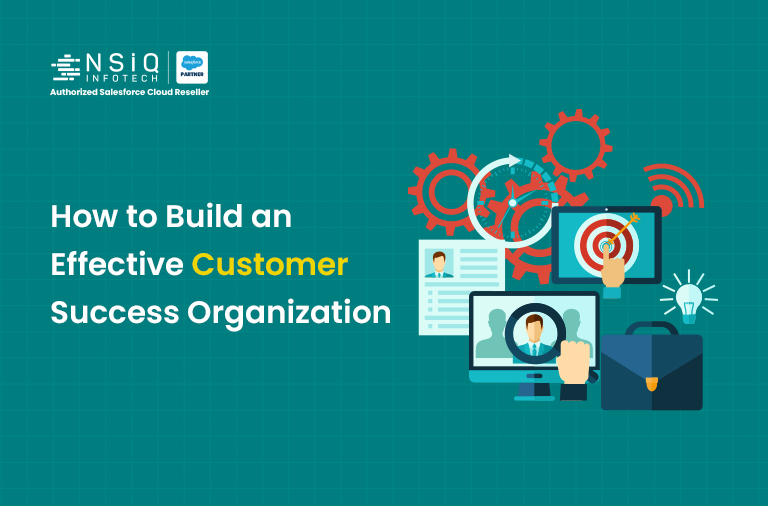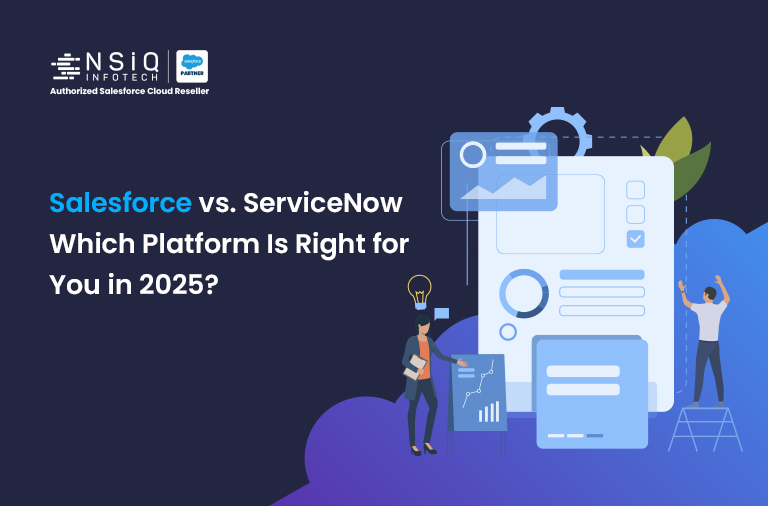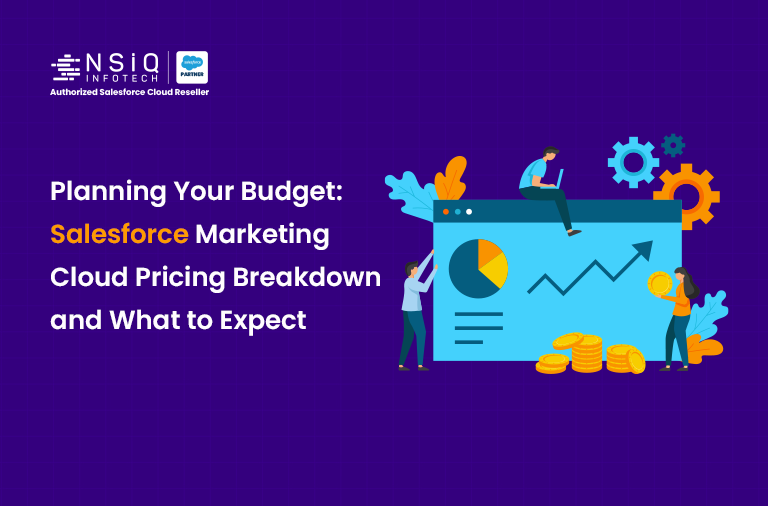Salesforce to QuickBooks Two-Way Integration
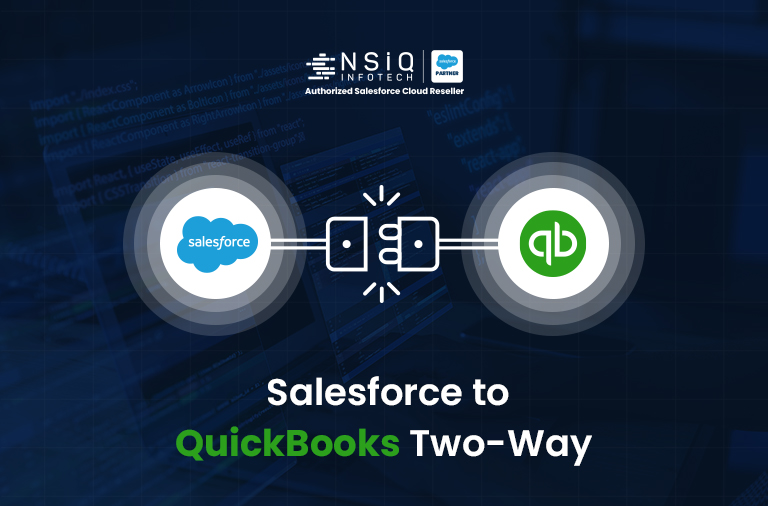
What is Two-Way Integration?
Two-way Integration Means
- Salesforce sends data to QuickBooks (like customer details, invoices).
- QuickBooks sends data back to Salesforce (like payments or invoice status).
Why Should You Integrate?
- No need to enter the same data twice.
- Salespeople can see invoice/payment info in Salesforce.
- Finance teams get accurate billing info from sales.
- Saves time and reduces human error.
What Data Can You Sync?
Here are some examples of what you can connect between Salesforce and QuickBooks:
| Salesforce | QuickBooks | Direction |
| Account | Customer / Vendor | Both ways |
| Contact | Customer Contact | Both ways |
| Opportunity | Invoice | Salesforce – QB |
| Product | Item (Products/Services) | Both ways |
| Custom Invoice Object | Invoice Line Items | Both ways |
How Does the Integration Work?
1. Authentication
- We use something called OAuth 2.0 to connect safely to QuickBooks
- Salesforce stores tokens (passwords) to make future connections.
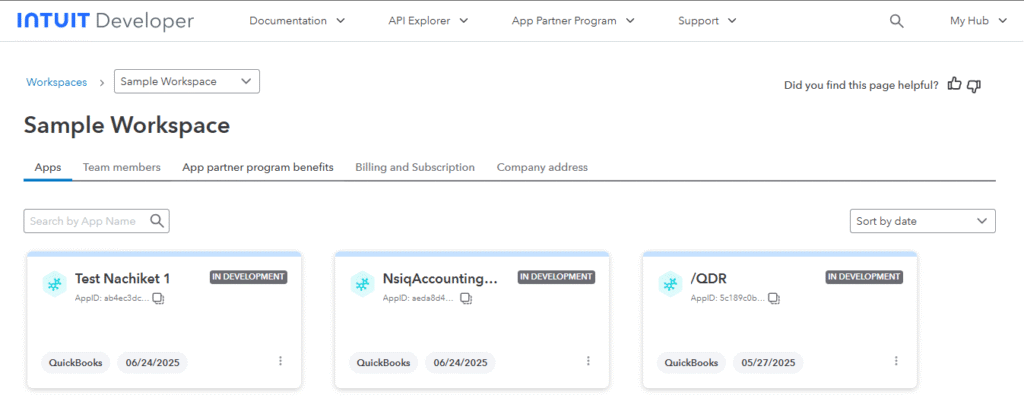
Creating an App in QuickBooks Developer.
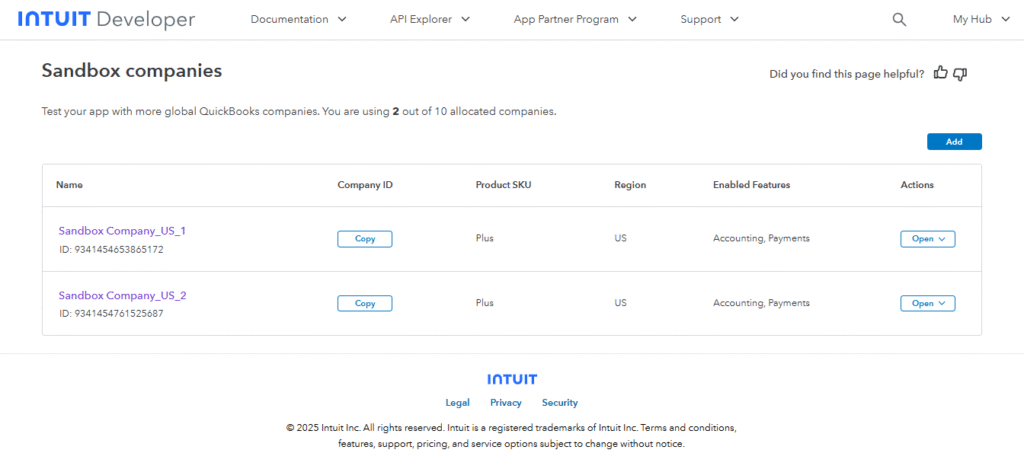
Creating a Sandbox in QuickBooks Developer.
2. Data Transfer
- Salesforce can send data to QuickBooks using code.
- QuickBooks can send updates back to Salesforce using webhooks.
- We use custom field mappings to match data between the two systems.
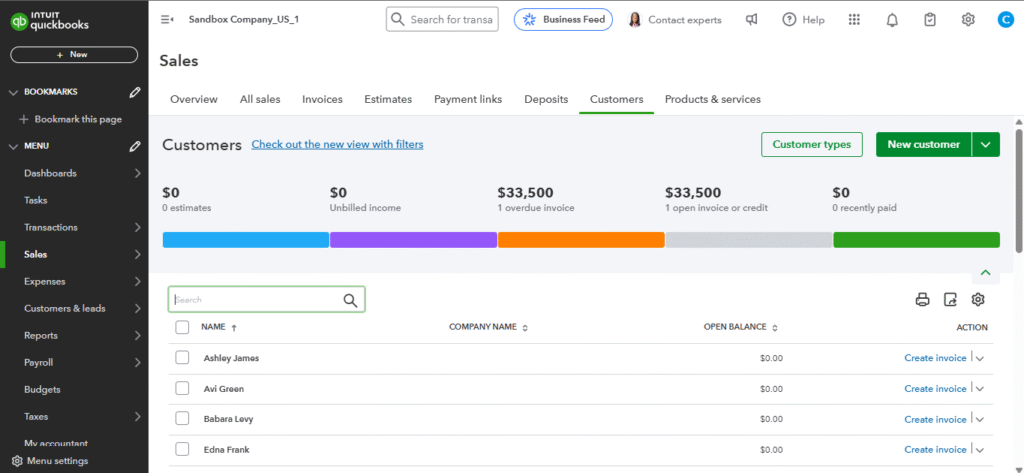
This is data to transfer Salesforce to QuickBooks.
3. Field Mapping
Example:
- Salesforce Field Name
- QuickBooks Field DisplayName
Sending a Customer from Salesforce to QuickBooks
When you create a new Account in Salesforce, it sends this info to QuickBooks.

Then this data is sent to QuickBooks using an API.
Receiving an Invoice from QuickBooks
When an invoice is created in QuickBooks, it sends the data to Salesforce using a webhook.
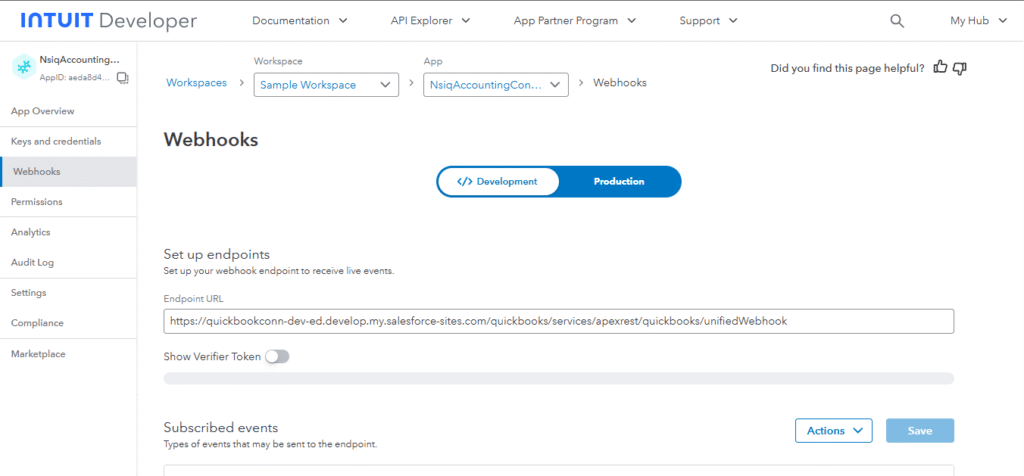
Creating Webhooks API in QuickBooks Developer.
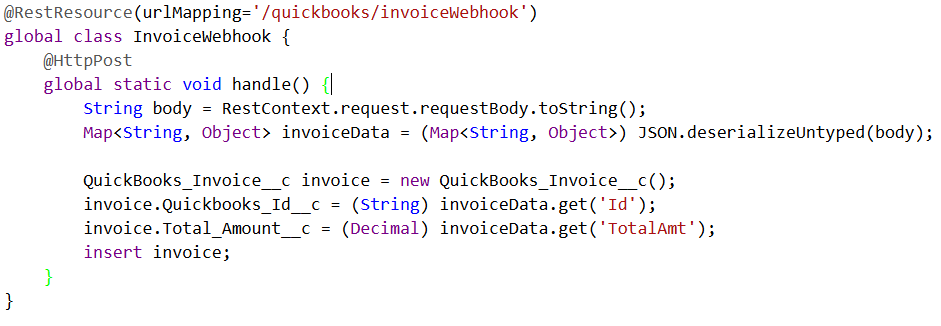
That is code to use in Salesforce Apex.
-
Problems to face in Integration
- Token expired
- Fields don’t match
- Duplicate records
- Too much data at once
- Webhooks fail sometimes
-
Solution
- Use the refresh token automatically
- Use custom field mapping
- Check the QuickBooks ID before inserting
- Use batch processing
- Add error logs and retry logic
Final Thoughts
- Two-way integration between Salesforce and QuickBooks makes your business run smoother. It saves time, reduces errors, and connects your sales and finance teams with the same data
- If you’re a Salesforce developer, admin, or working with a Salesforce development company in India, setting up this integration with Apex, custom metadata, and QuickBooks API is a powerful way to automate your workflow.
related blog
